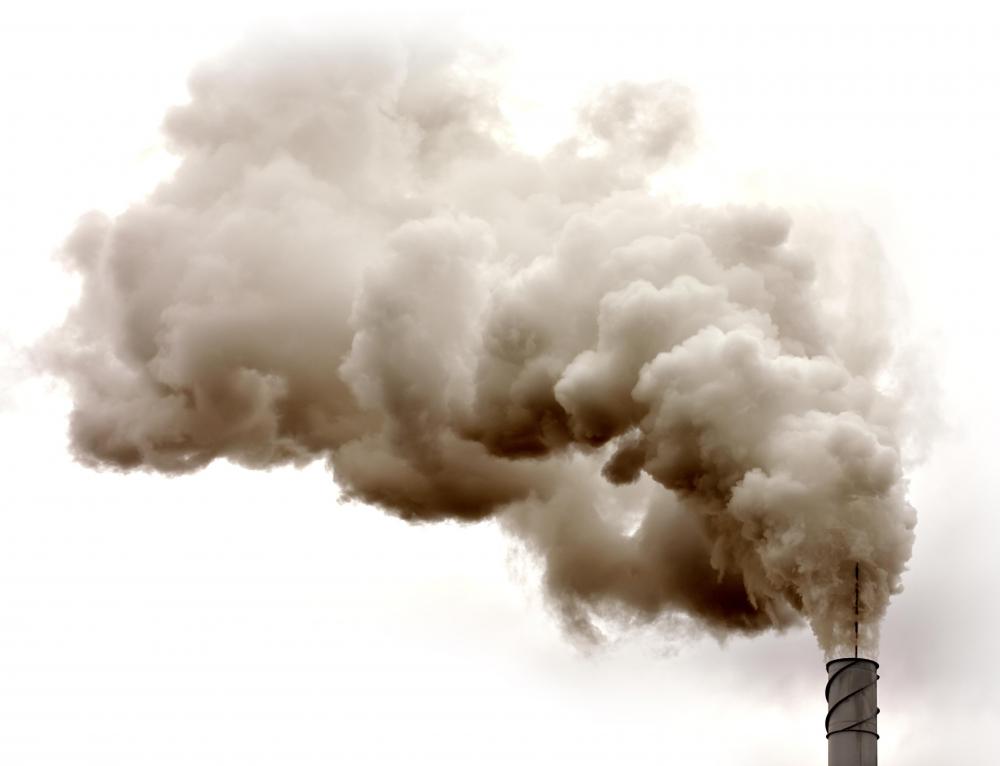At WiseGEEK, we're committed to delivering accurate, trustworthy information. Our expert-authored content is rigorously fact-checked and sourced from credible authorities. Discover how we uphold the highest standards in providing you with reliable knowledge.
What does an Environmental Analyst do?
The job of an environmental analyst is to study and analyze environmental issues to develop solutions for them. Using scientific methods, he or she will do research and gather data about a particular problem, such as water pollution in a certain area. The analyst must have a solid understanding of statistics, mathematics, and scientific concepts, as he or she is responsible for developing models that can be used to make recommendations on how to reduce the pollution.
An environmental analyst’s first job is to identify environmental problems that need to be solved. The issues to be evaluated are usually determined by the organization the analyst works for. For example, certain companies may want to understand how much pollution their operations are generating and will hire an environmental analyst to research and offer ways to reduce their emissions. Some government agencies also hire analysts to work in different regions under their jurisdictions.

Once the problem has been identified, the environmental analyst needs to research it. This may be accomplished in various ways, depending on the problem. He or she may need to gather soil, water or air samples to determine the amount of pollution present. It may be necessary to monitor emission levels and atmospheric conditions over a period of time to see changes and patterns. If the analyst is trying to understand impacts in a certain area, maps or charts may need to be reviewed to see what ecosystems are being affected.

After all of the data has been gathered, it needs to be analyzed and evaluated. The environmental analyst will use statistical and mathematical theories and methods to develop models for programs that can be used to address the issue. He or she may prepare graphs, charts, or reports to present the data to the organization. The analyst’s typical goal is to provide possible approaches for controlling or reducing the pollution.
Sometimes an environmental analyst evaluates possible environmental impacts for a company before it starts a project. The company may be concerned that an upcoming initiative, such as construction of a building, will negatively impact the local environment. The analyst can help assess potential negative consequences for the nearby ecosystems, and should also be able to offer advice on environmental regulations and laws that need to be followed. He or she can then offer advice on how to reduce negative impacts and meet legal standards.
AS FEATURED ON:
AS FEATURED ON:












Discuss this Article
Post your comments